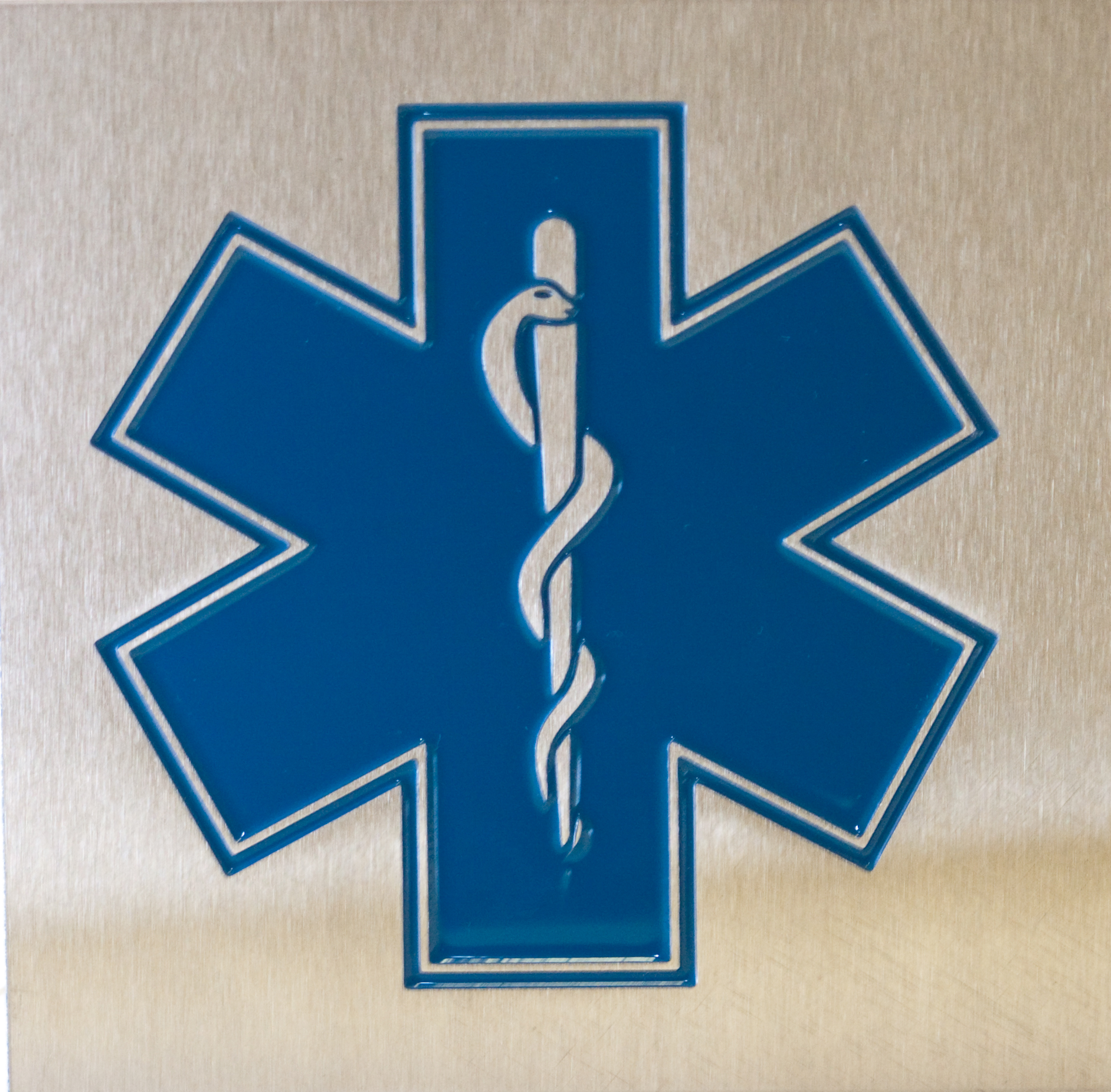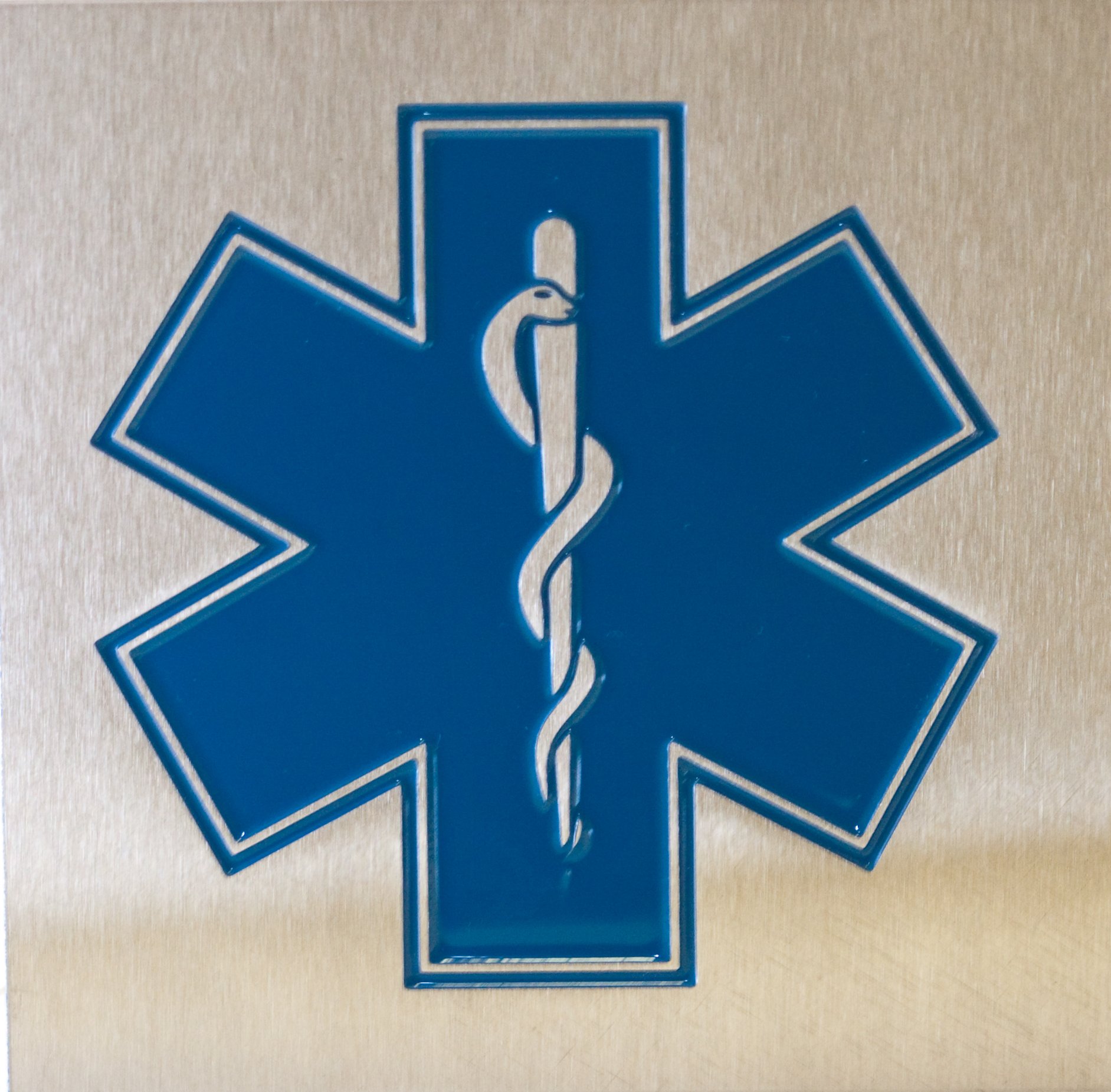Photo Chemical Etching vs the MetalPhoto Process?

MetalPhoto Has No Etching At All
MetalPhoto®is the registered trademark for a product and process produced by Horizon Imaging Systems Group. The basis of the technology is silver halide coated aluminum topped by clear anodize. Silver halide is a photo sensitive emulsion that was widely used in photographic film, which turns opaque black when exposed to light and developed.
The only similarity between MetalPhoto and photo etching is that both processes rely on a phototool as an exposure mask. After exposure, the MetalPhoto plate is processed in a developer/fixer solution and then sealed in another solution. The primary applications for MetalPhoto are nameplates, metal labels for bar codes, identification, instructions, warnings and so forth. Fabrication of the finished parts by ordinary metal cutting methods occurs after the images have been developed and sealed. There is no actual chemical etching involved. The MetalPhoto process is specified under MIL-STD 130N. The process is often used by nameplate and identification products manufacturers.
Photo Etching is a Metal Fabrication Process
Photo chemical etching is a method of fabricating precision metal parts by using acid to machine the metal. Also known as photochemical machining (PCM), the process is ideally suited for small, intricate parts made of flat metal. The chemical etching process (yet another name ) is a frequent alternative for stamping as the tooling is inexpensive and can be made in a day.
Photo etching (a shorter version ) is also capable of very fine detail which cannot be stamped and is able to produce slots and holes as small as 110% of the thickness of the metal being etched. Photo etching uses no oils so parts are never contaminated with lubricants, and the process is completely compatible with requirements of RoHS.
Photo etching is also used to produce durable metal graphics with color fill. Unlike Metalphoto graphics, which are not etched at all, photo etched graphics are typically .010 to .032 deep and color filled with durable epoxy or powder coat.
Because graphics are etched only on one side of a plate, heavier gauges of metal can be used. Durable metal graphics are etched on metal plates from 11 gauge (.12) to 20 gauge (.048). These plates are either pre-cut to size before etching or sheared to size after etching. Photo etching is capable of producing ADA-compliant braille and symbols.
Photo chemical etching is used to produce a wide variety of decorative, giftware and jewelry items along with graphics and branding items. Etched kits for scale models are produced for railroads, ships and so forth.
The same ability to etch graphics from one side is frequently used to incorporate surface designs onto many decorative pieces. The method is deceptively simple. Since the etching through process occurs from both sides of the metal simultaneously, the decorative detail appears on only the top side of the phototool.
There are two ways to get half etch surface detail on both sides of a plate. Understand that when images on the top and bottom halves of a photo tool line up, you get a hole. If you are very clever and exacting in your design to insure that decorative detail on the top half of the tool never coincides with detail on the bottom half of the tool, you can get half etched detail on both sides.
The usual way to etch surface detail on both sides, however, is to use double process. Double process uses a four-piece photo tool set, instead of the usual 2 piece set. And, then we do everything twice, except cut the metal. The first process etches the surface detail, typically .002-.004 deep on both sides. The partially etched plate is stripped, relaminated with resist and then imaged with the cut-through
For more information, get our FREE Comprehensive Guide to Photo Etching:



